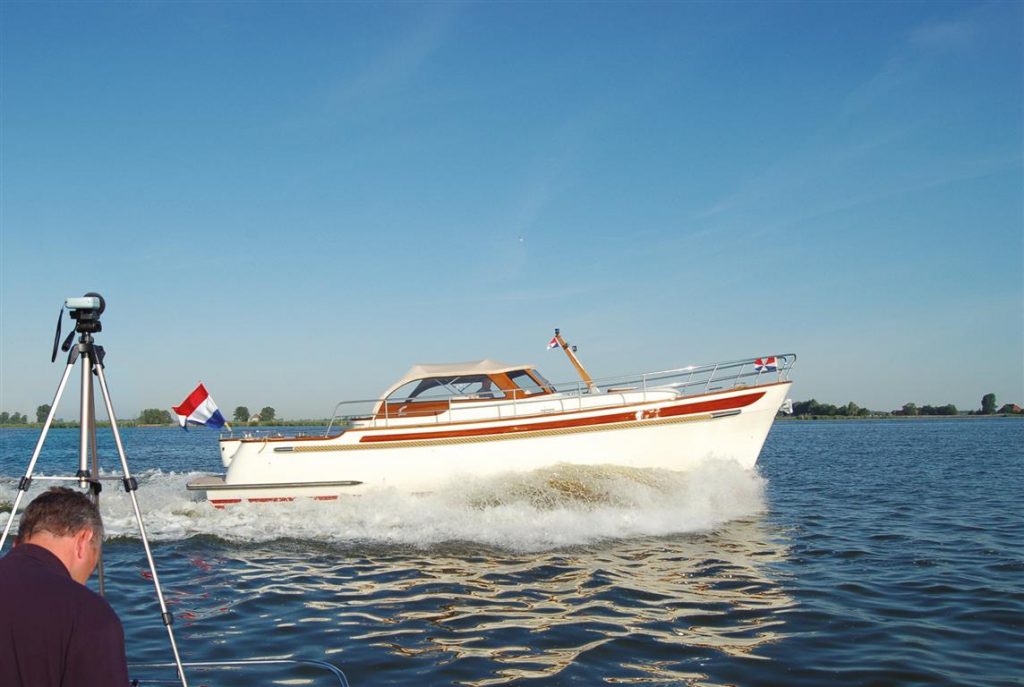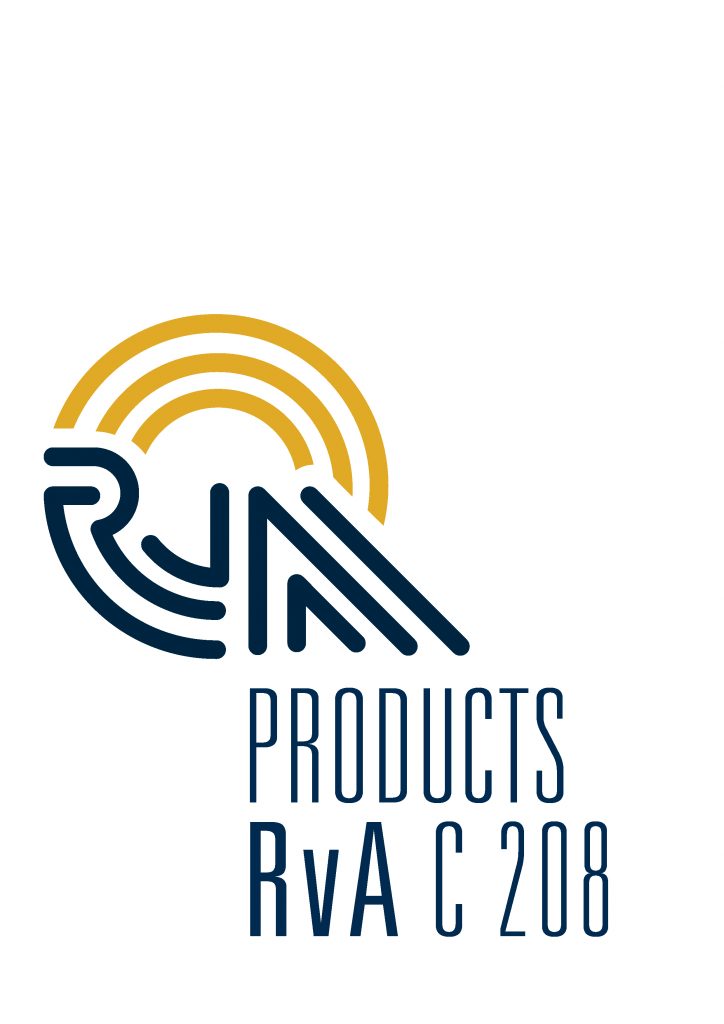CE TESTING & CERTIFICATION
Protect
Thus, you can also think of a CE inspection as production control. Having our experts thoroughly inspect your design, vessel and construction can save you from liability. Because they detect and report possible defects in time. Finally, a yard is liable for consequences of defects for years. Another example of the other side of the obligation? In subsequent resale of your yacht, new owners will certainly make this a condition.
As of 18-04-2023, module A1 is no longer part of the DCI accredited scope according to ISO 17065

CE inspection required?
Why European Directives and CE marking?
Acting freely
The European Union (EU) is committed to free trade in goods among EC member states.
Therefore, in 1998, the European Community established the CE Recreational Craft Directive for certain product groups.
- Sets safety requirements
- Sets environmental requirements
- Sets health requirements
- Protects consumers
Identical requirements
Member states are required to transpose that Directive into national laws and regulations. It should have the same purport as the Directive. This eliminates the differences in requirements that member states place on products and thus the technical barrier to trade. In the Netherlands, national regulations are laid down in the Pleasure Craft Act.
CE Marking
Products that meet the requirements receive a CE mark (Conformité Européenne). Products that do not have markings and are covered by the Directive may not be placed on the market and thus not sold.
Abroad
European Free Trade Association (EFTA) countries voluntarily incorporate requirements of the Recreational Craft Directive into their national legislation. Recently, Turkey has also been required to comply with the said Directive.
Harmonized standards
The Directive imposes essential requirements on the product. A derivative of the Directive are the so-called harmonized ISO standards, a guide that allows manufacturers to determine how to produce according to the standards in order to comply with the Recreational Craft Act. Even in products where the use of ISO standards is voluntary, harmonized ISO standards do play a role.
When are you allowed to apply the CE mark?
CE approved
A manufacturer may and must apply CE markings to its own vessel. But only if he can declare and demonstrate that his vessel meets the requirements of the Directive. To investigate that, there are a number of inspection regimes, depending on the design category of the yacht.
DCI and NEN
You willfind which inspection regimes are available in the Directive. The Ministry of Infrastructure and Water Management designates the inspection bodies. DCI is an official inspection body in the Netherlands. The easiest way to meet the requirements is to produce according to harmonized ISO standards. You can order the ISO standards for the Recreational Craft Directive from the NEN.
What are the rules when importing from outside the EU?
Recreational craft from outside the EU must comply with the same provisions as recreational craft produced within the EU. This also applies if you want to sell a ship within the EU that was built outside the EU before June 16, 1998. You must have that vessel inspected and certified first.
Attention! The importer is responsible for compliance with the Guidelines!
A pleasure craft may fall under more than one Directive. There are Guidelines for:
– pressure vessels
– gas appliances
– electromagnetic compatibility
– personal protection devices
– telecommunications peripherals
More and more directives will be added.
What are the requirements of the Directive?
Requirements
The Recreational Craft Directive states:
– safety requirements
– health requirements
Consumer protection requirements
– environmental requirements
As a result, a manufacturer knows exactly what the ship must meet upon delivery. The requirements for daily use of a yacht may be regulated by each state. As long as the prototype of the ship does not change.
What products are covered by the Recreational Craft Directive?
The Recreational Craft Directive includes:
– pleasure boats
– partially finished pleasure craft
– certain loose parts for pleasure craft
– some assembled parts pleasure craft for recreational purposes, such as rental or sailing and boating courses
By pleasure craft, the Directive means craft:
– intended for sport and leisure
– for both inland and seagoing navigation
– irrespective of the means of propulsion
– from 2, 5 to 24 meters
NOT covered:
– racing boats
– canoes
– gondolas
– pedal boats
– sailboards
– originals and replicas of historic vessels
– experimental vessels
– vessels built for personal use
– manned vessels intended for commercial passenger transportation
– submarines
– aircushion boats
– hydrofoils
